Business Community
Key Peninsula’s first assisted living facility opening soon
Just a few inspections stand between Key Peninsula’s Mustard Seed Project and the completion of a nearly two decade-old goal.
The nonprofit, which serves seniors living in Key Peninsula communities, expects to open The Village, an assisted living facility, in the coming weeks. Opening an assisted living facility has been the organization’s goal since its founding in 2006.
“It was worth every moment, every heartache, every single dollar that we had to find to be able to put into it,” said Mustard Seed Project boardmember Robert McCrossin. “It was worth every penny.”
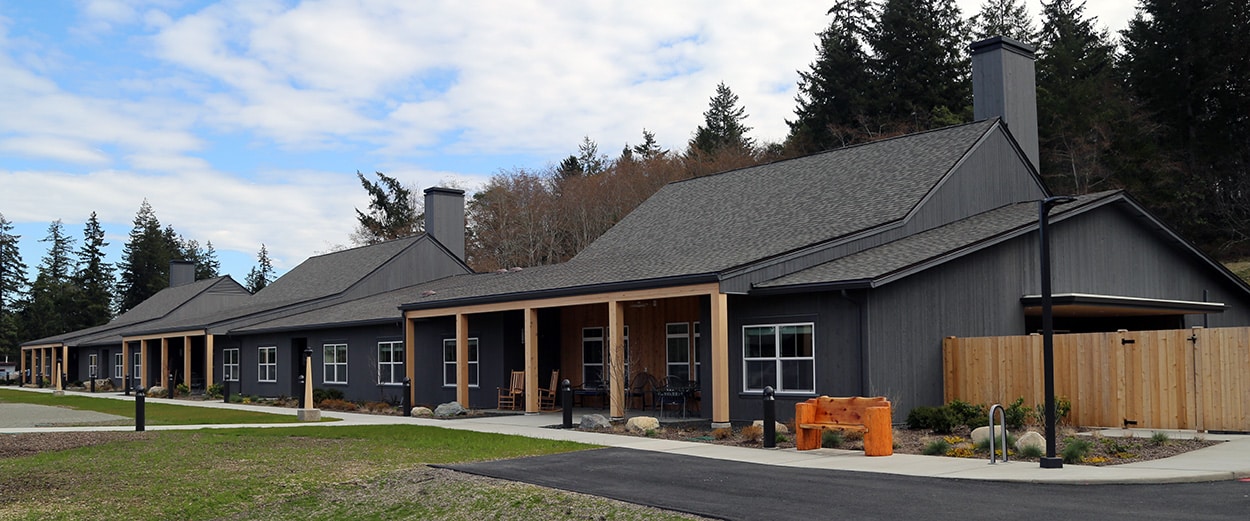
The Mustard Seed Project’s The Village assisted living facility provides 30 beds for elders on the Key Peninsula. Mustard Seed will operate The Village as three separate 10-bed homes, with one serving memory care clients.
The particulars
The Village is at 9115 154th Avenue Ct. NW in Lakebay, across the street from the Mustard Seed’s offices in a building that used to be the Roadhouse restaurant.
When it opens, it will be the first assisted living facility on the Key Peninsula, achieving an organizational goal of “keeping seniors on the Key Peninsula. Because they want to stay here,” said Mustard Seed Project Executive Director Eric Blegen.
The Village is about 21,000 square feet, with 30 rooms — 20 assisted living rooms and 10 memory care rooms. The 30 rooms are broken into three groupings of 10, with each group functioning as its own pseudo-family unit. That’s in keeping with the Green House model being used to operate The Village (more on that later).
Guest rooms are about 250 to 260 square feet for assisted living residents, slightly smaller for memory care.
As is typical with such facilities, rent varies depending on what level of care a client needs. But the weighted average for assisted living will be about $5,800 per month. Memory care costs more.
The project cost about $14 million, including about $9 million in construction cost. A low-interest loan from the U.S. Department of Agriculture covered $7.8 million. The state kicked in another $1.5 million through various mechanisms, with assistance from Democratic state Sen. Emily Randall and Republican state Rep. Michelle Caldier, according to Blegen.
Donors, foundations and Pierce County contributed the rest. “The community stepped up big,” Blegen said.
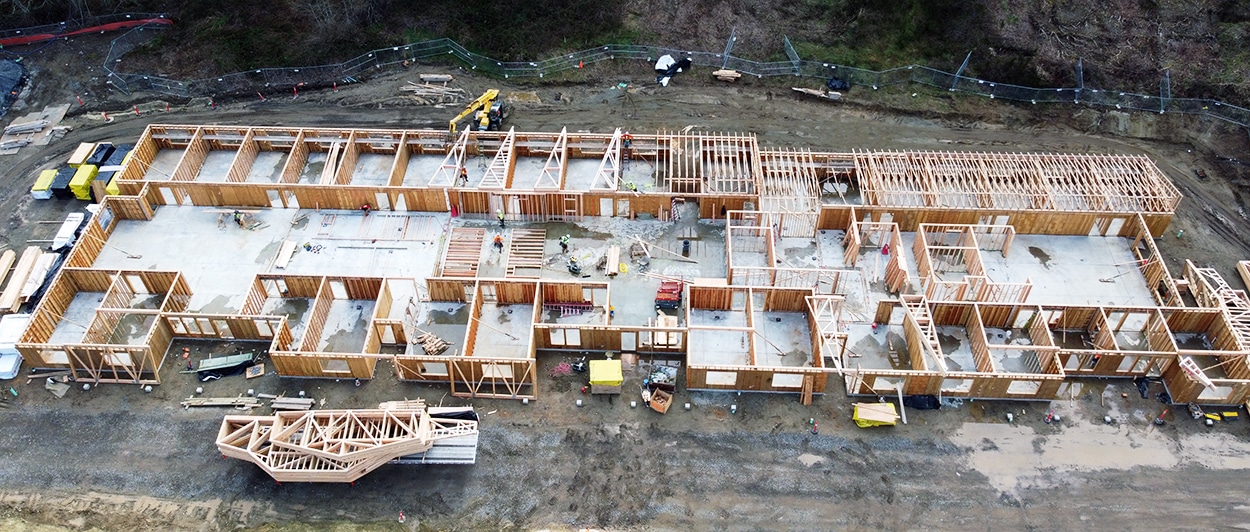
Construction of The Village in March 2022.
Non-profit principles
It’s a surprise to hear that The Village will be the first assisted living facility on the Key Peninsula, until you think about it.
The for-profit companies that typically run retirement facilities would have a tough time making a go in such a rural, sparsely populated place. The better bet, if you’re trying to turn a profit, would be nearby population centers like Gig Harbor, Tacoma or Bremerton.
Which is one reason a nonprofit runs The Village. The goal is to allow people to age in the community they call home, not in the most profitable or efficient place.
“We have to make the finances work,” Blegen said, “but that’s not our primary motivation.”
The Mustard Seed Project made a number of decisions without necessarily having profit margins in mind. The Village will employe a higher ratio of caregivers than many facilities, for instance. Employees will prepare meals from scratch, with no corners cut by using prepared or processed ingredients.
“If you were a for-profit company, you would cut some of those things,” Blegen said.
Plus, he added, people “don’t necessarily want for-profit companies taking care of their elders.”
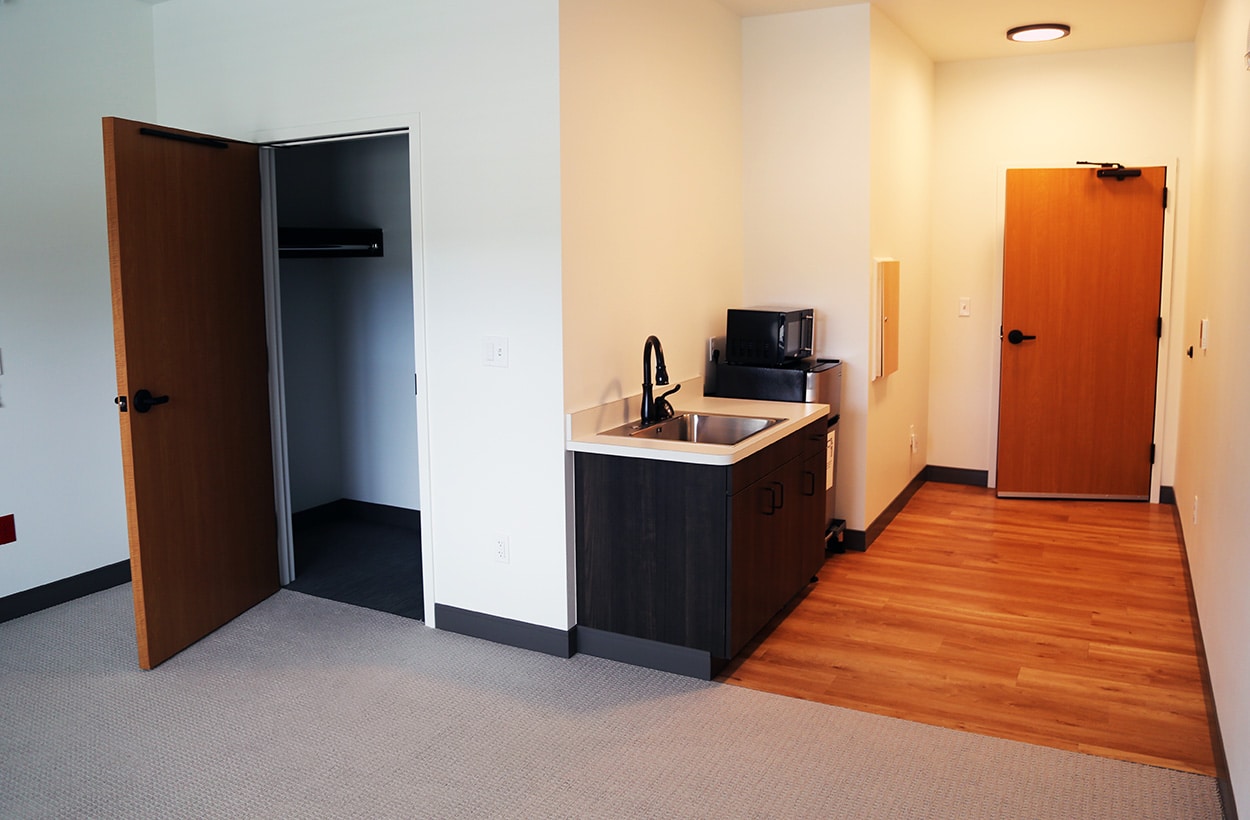
The interior of a room at The Village assisted living facility on the Key Peninsula.
Green House concept
Operating as a nonprofit isn’t the only way The Village will go its own direction. It’s also the first Western Washington assisted living facility to operate under the Green House model, which encourages autonomy and respect for elder clients.
As The Green House Project literature puts it, the idea is to “de-stigmatize aging.”
“The whole Green House idea is that everything is done as a household,” McCrossin said. “As opposed to most institutions, where things are done based upon the structure that’s given by the institution. Each and every elder will have the opportunity to make decisions about how their home operates. I think that is critical.”
The Green House concept emphasizes “homes that are small in scale, self-contained, and self-sufficient.” That’s why Mustard Seed divvied up the 30-room Village into three, 10-room houses.
The idea is that each of those 10-room units should feel like its own home, with residents being family members.
The homes are designed to foster that feeling. Kitchens are open to the dining area. In the two assisted living units, residents will gather around a single table for communal-style dining. A fireplace dominates the living room area, with a television off in a smaller adjacent room.
The concept extends to outdoors areas. An outdoor stage and amphitheater is planned, where bands or school groups can stage performances for residents. Blegen wants to install accessible raised garden beds so elders can continue to indulge their gardening hobbies. Accessible trails will encourage residents to get outside for exercise.
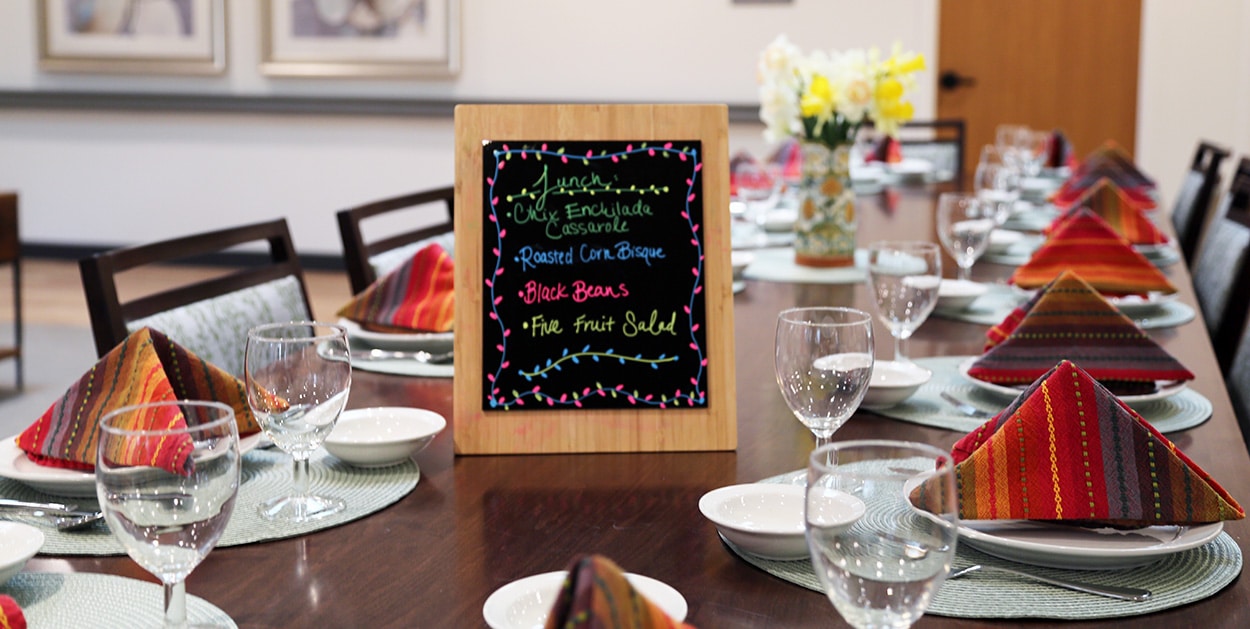
The lunch menu at a shared table in The Village.
Aging with dignity
The Green House concept even extends to job titles.
Denise Mecartea’s title in traditional senior care facilities would be director. At the Village, she’s the “guide.” Other employees are shahbazim, a Persian word meaning protector or guardian. In another facility they might be called caregivers, but at the Village they are cross-trained to serve every function, from cook to housekeeper.
The whole idea is to provide an environment where elders can age with dignity, in their own community. Like the Green House concept, the same idea drove the Mustard Seed Project organizers.
“What motivates me is, I’d want to live in a place like this. I’d want my parents to live in a place like this,” Blegen said.
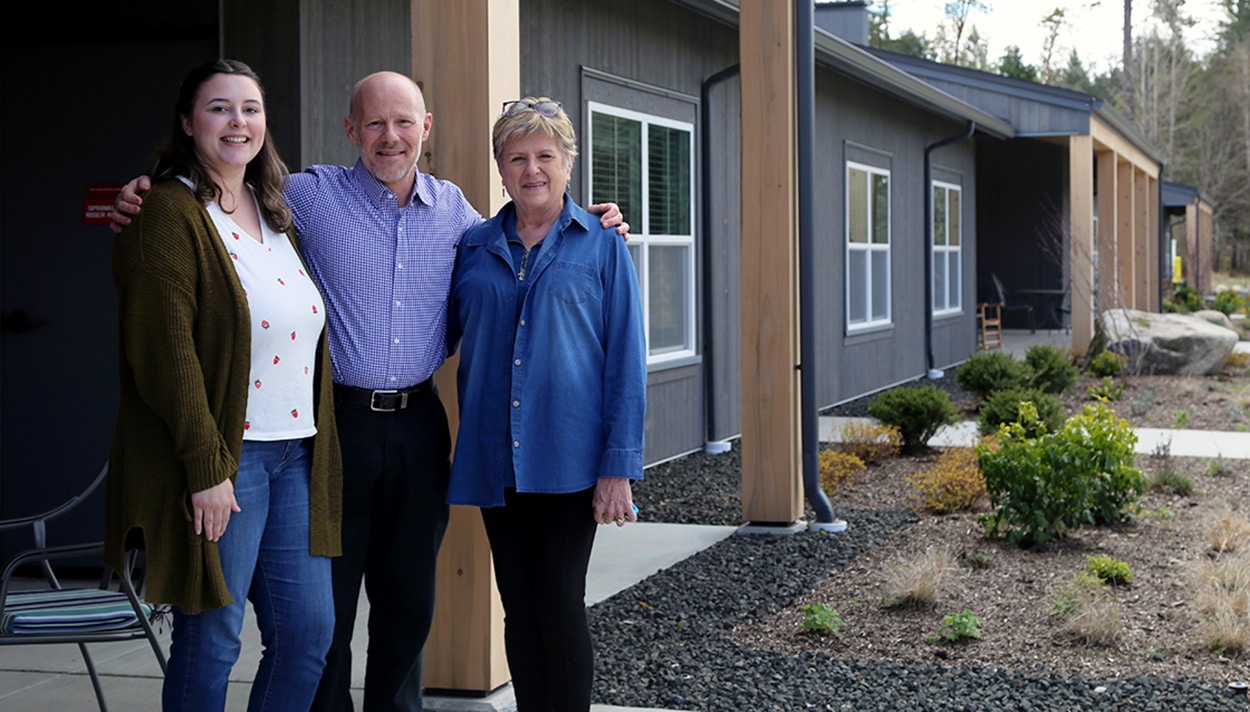
From left, volunteer and transportation coordinator Madysen McLain, executive director Eric Blegen and facility guide Denise Mecartea outside The Village.
